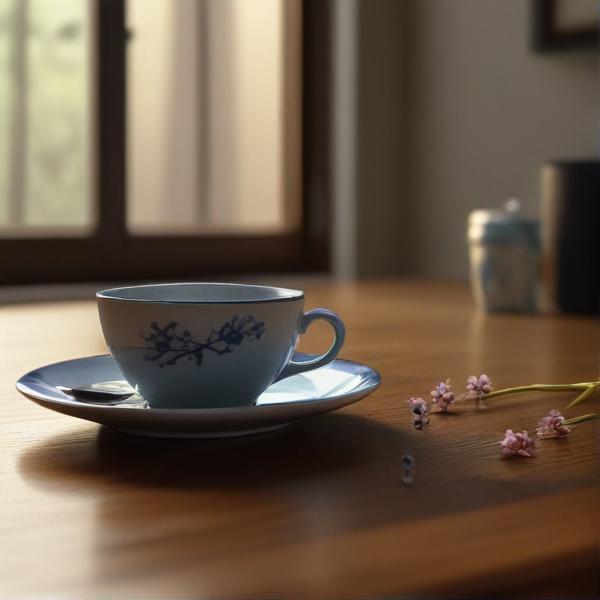基本信息 (Basic Information)
含义与用法 (Meanings & Usage)
中文核心释义 (Core Chinese Meaning): 疾病,身体或心理出现异常状态。
英文核心释义 (Core English Meaning): illness, disease; an abnormal condition of body or mind.
象形意义 / 为何这么写 (Pictographic Meaning / Writing Rationale)
文言文释义 (Classical Chinese Meaning)
与现代意义相近,表示疾病或生病。Similar to modern meaning; refers to illness or becoming ill.
深入学习 (In-depth Study)
字源故事 (Origin Story)
字形演变 (Character Evolution)
常用词语和例句 (Common Words & Examples)
生病 (to fall ill, to get sick)
他最近生病了,不能去上学。
Eng: He has fallen ill recently and can't go to school.
疾病 (disease, illness)
预防疾病比治疗疾病更重要。
Eng: Preventing diseases is more important than treating diseases.
病人 (patient (a sick person))
医生正在为病人检查身体。
Eng: The doctor is examining the patient.
病房 (ward (hospital room for patients))
护士每天都会打扫病房。
Eng: The nurse cleans the ward every day.
相关成语 (Related Idioms)
讳疾忌医
Meaning: To hide one's illness and avoid the doctor; to refuse to admit a fault and avoid seeking help.
多语言翻译 (核心释义) (Translations (Core Meaning))
- French: maladie
- German: Krankheit
- Spanish: enfermedad
- Italian: malattia
- Portuguese: doença
- Russian: болезнь
- Arabic: مرض
- Persian: بیماری
- Dutch: ziekte
- Polish: choroba
- Vietnamese: bệnh
- Ukrainian: хвороба
视频学习资源 (Video Learning Resources)
通过以下链接在热门视频网站搜索 "病" 的更多讲解:
Search for more explanations of "病" on popular video sites:
- 在 Bilibili.com 搜索 "病 字形起源 病 说文解字" (Search on Bilibili)
- 在 YouTube.com 搜索 "病 character origin etymology" (Search on YouTube)
网络参考 (Web References for "病") ()
网络内容摘要 (Web Content Summary):
病 的核心含义是“生病、疾病”,指身体或事物出现异常与不健康的状态。病 (bìng) mainly means “illness” or “disease,” indicating a state of being unwell or something abnormal.
字形起源上,“病”的上部为“疒”(nè),表示与疾病、卧床相关,下部为“丙”,本为声旁,共同组成“病”,在古代常见文献中多指疾病。The character’s origin: the top “疒” (nè) implies illness or lying in bed, the lower “丙” serves as the sound component. Together, they form “病,” which historically refers to diseases.
- 常见用法: 常做动词或名词,如“生病”、“有病”。Common usage: Can be a verb (“to fall ill”) or noun (“illness”). Used in words like “生病” (get sick), “有病” (have an illness).
- 比喻义: 在文学中,如刘禹锡诗句“病树”,比喻苍老或失去活力的树木。Figurative meaning: In literature, as in Liu Yuxi’s poem, “病树” metaphorically describes withered or weak trees.
- 易混淆点: “病”仅与疾病相关,易与表示痛苦的“痛”、或“疒”字旁的其他字(如“疹”、“症”)混淆。Confusion: “病” is mainly about illness, not to be confused with “痛” (pain) or other “疒” radicals (like “疹”, “症”).
相关成语/词语: 有“久病成医”(长期生病的人懂得如何治疗),亦可组成日常词语如“病人”、“病痛”。Related phrases: “久病成医” (a long-term patient becomes a doctor), daily terms like “病人” (patient), “病痛” (sickness and pain).
如信息有遗漏,欢迎补充!More details can be added if needed!
汉字"病"的起源、演变过程-汉字字源辞典
汉字字源辞典收录3519条汉字词条,基本涵盖了常见汉字的字源解析,是汉字研究的必备工具。
病的解释|病的意思|汉典"病"字的基本解释 - 漢典
沉舟侧畔千帆过,病树前头万木春。 ——唐 · 刘禹锡 《酬乐天扬州初逢席上见赠》 (3) 又如:病树 (即将枯死的树木);病叶 (枯叶;黄叶);病草 (枯萎变黄的草) 病 bìng 〈动〉 (1) 生病 [fall ill] 未果,寻病终。 ——晋 · 陶渊明《桃花源记》 人病则忧惧,忧惧见鬼出。
更多图片 (病 More Images) ()
